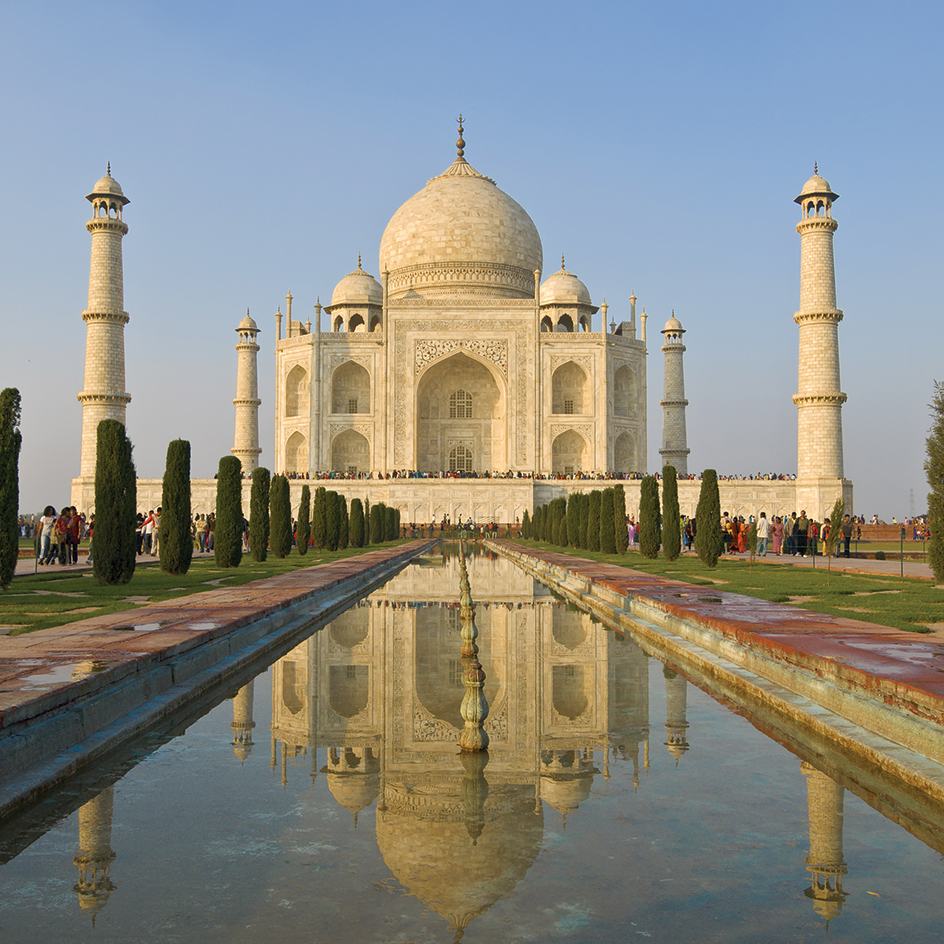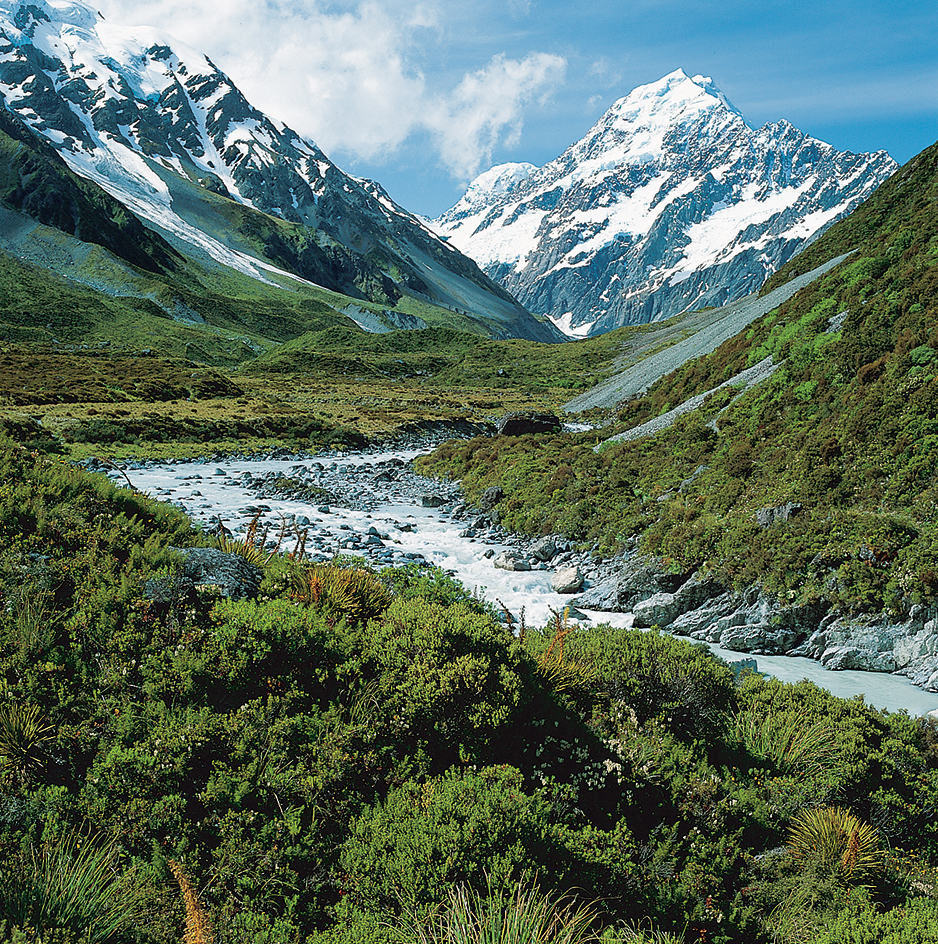World Heritage List is an international registry of sites recognized for their great natural or cultural value. Some sites are on the list because of their unusual scenery and wildlife. Others are recognized as part of our cultural heritage. Some sites possess both natural and cultural importance. The list includes monuments, buildings, and natural features and areas. Sites are included if they are judged outstanding from a historic, artistic, or scientific viewpoint.

In 1972, a General Conference of the United Nations agency called UNESCO adopted a convention (international agreement) to establish the World Heritage List. The convention took effect in 1975, after the first 20 countries had ratified (approved) it. Countries that have ratified the convention are expected to identify World Heritage sites and to protect and conserve them for future generations.
Places included on the World Heritage List range from natural sites, such as the Great Barrier Reef in Australia, to buildings or even entire cities, such as the city of Bath in the United Kingdom. The list covers almost every area in the world.
Loading the player...Great Barrier Reef
Many of the listed places in Europe are prehistoric or ancient sites. They include Altamira Cave in Spain, the Acropolis in Greece, Stonehenge in the United Kingdom, and the Thracian tomb of Kazanluk in Bulgaria. Many groups of buildings are also included, such as the historic centers of Florence, Italy, and Kraków, Poland. Individual buildings on the list include Chartres Cathedral in France and Aachen Cathedral in Germany.

The main World Heritage sites in North and South America are large national parklands. Among these are Iguazu National Park in Argentina and Iguaçu National Park in Brazil, which together protect the magnificent Iguaçu Falls. Also included are Indigenous (native) sites, such as the Mayan city of Copán in Honduras and the city of Chichén Itzá in Mexico.

In Africa, a number of national parks are on the list. They include Serengeti National Park in Tanzania, Virunga National Park in the Democratic Republic of the Congo, and Victoria Falls in Zambia and Zimbabwe. Among the notable African buildings on the list are the Great Zimbabwe National Monument, and the Royal Palaces of Abomey in Benin.
Most of the Asian sites on the World Heritage List are in India or China. Sites in India include the Taj Mahal, the caves at Ajanta and Ellora, the Manas Wildlife Sanctuary, and the monuments at Khajuraho. The most important sites in China are the Great Wall, the Imperial Palace, and the Peking fossils site at Zhoukoudian. Among other Asian sites are the Kathmandu Valley in Nepal and the ruins of Mohenjo-Daro (also spelled Moenjodaro) in Pakistan.
World Heritage sites in Australia include the island of K’gari and Kakadu National Park. Te Wāhipounamu is a site in New Zealand that includes Aoraki/Mount Cook National Park.

The UNESCO website at https://whc.unesco.org/en/list has a complete list of places on the World Heritage List.
